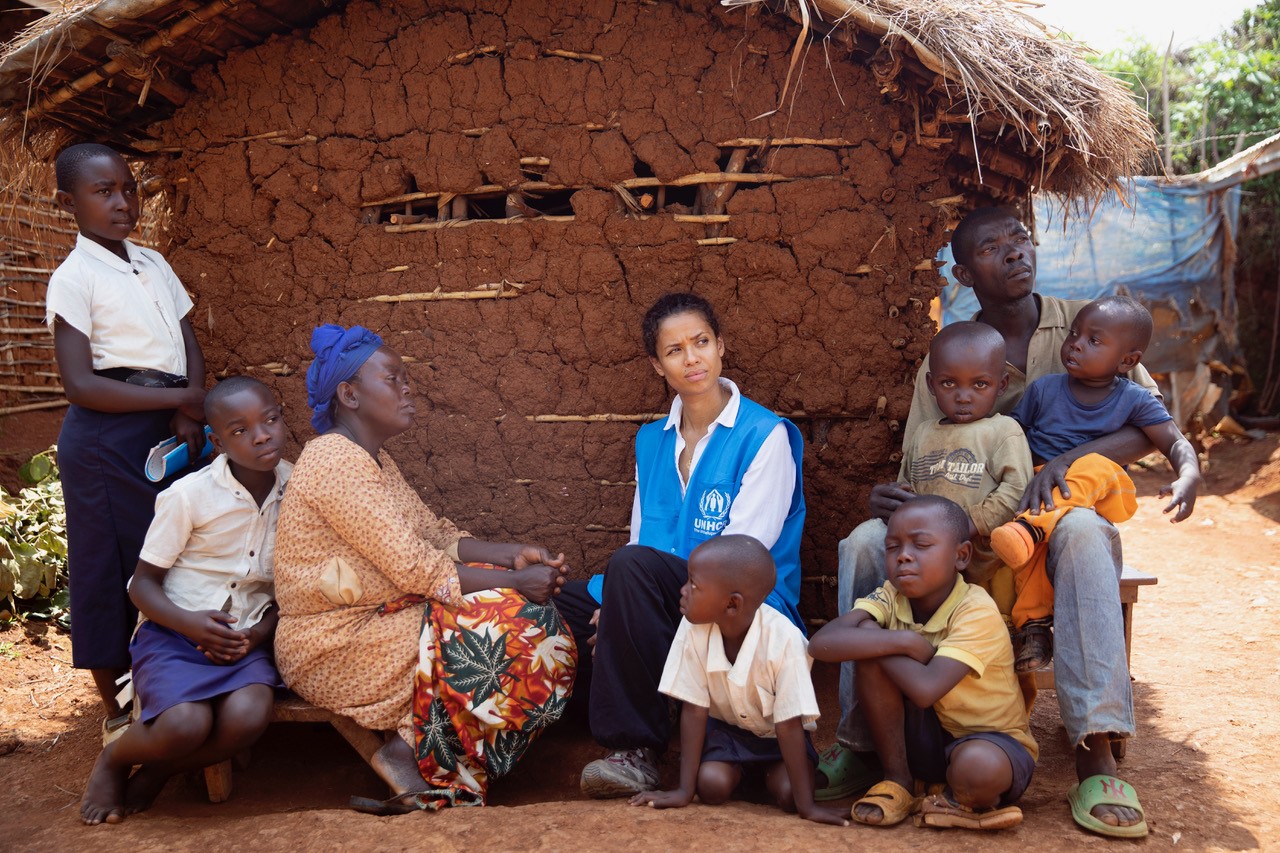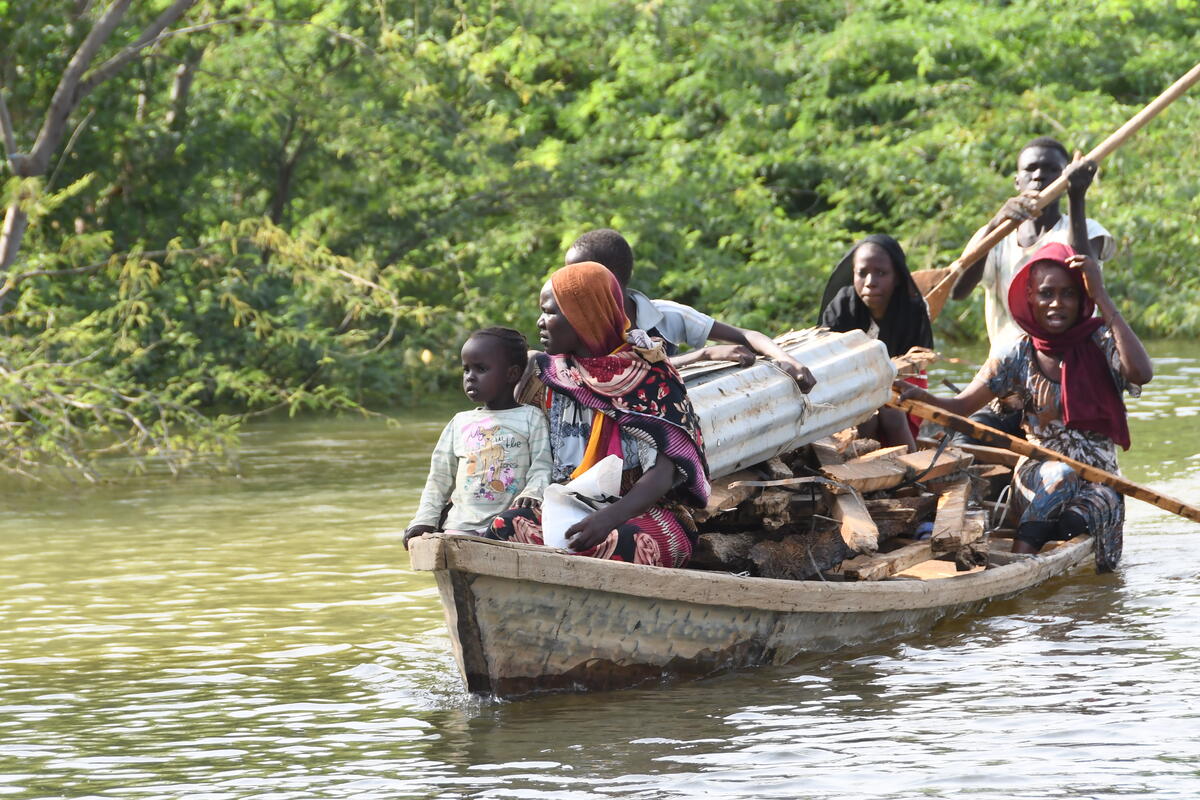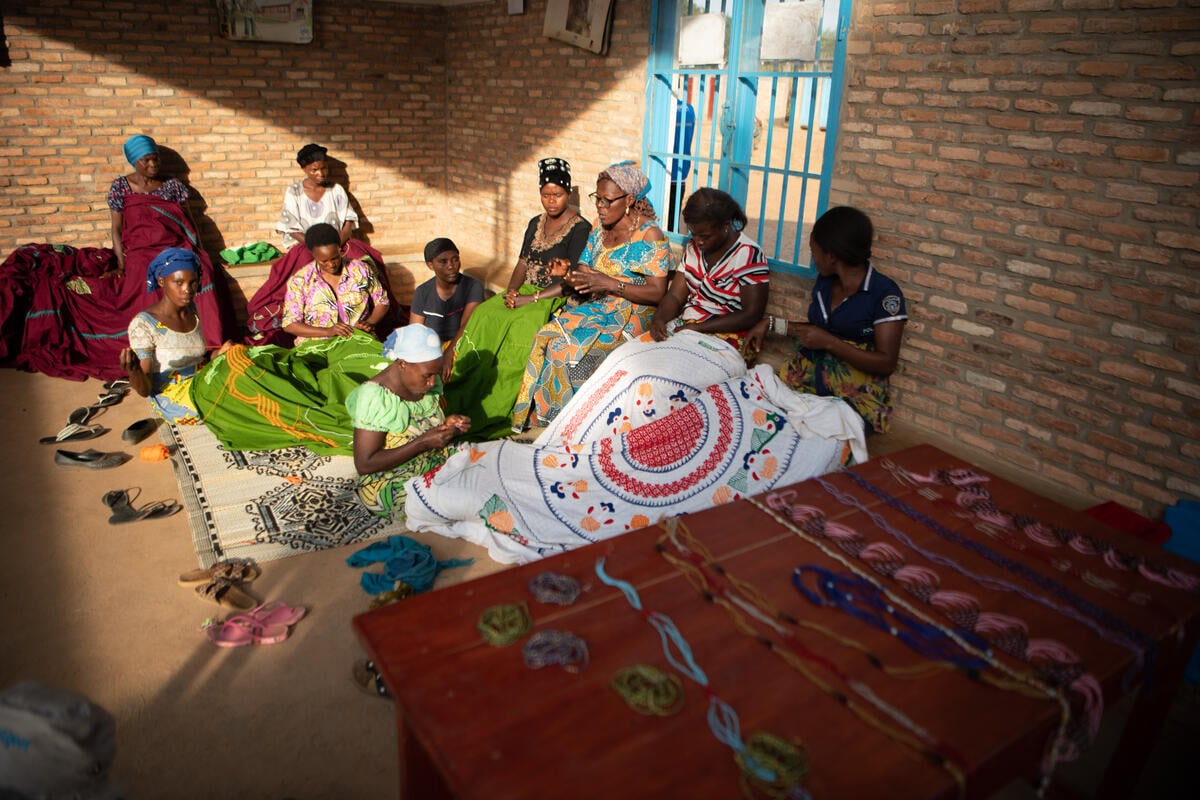Internally Displaced People
Internally Displaced People
At the end of 2021, some million people were internally displaced due to armed conflict, generalized violence or human rights violations, according to Internal Displacement Monitoring Centre (IDMC).
UNHCR exists to protect and assist everyone who has been affected by forced displacement, including IDPs. We assume a coordination and operational delivery role in IDP situations to ensure protection is central to our work in order to prevent further displacement. We also provide life-saving assistance and work to identify solutions for displaced communities.
Coordination and working with partners
We work with other humanitarian agencies to make sure we reach everyone in need, but we are all guided by the same set of policies which are set out in the principle working document, UNHCR’s Strategic Directions 2017-2021.
To coordinate assistance to IDPs, we use a cluster approach. A cluster is when a group of agencies work together to set up and deliver an area of assistance, such as shelter, health care, camp management or protection.
UNHCR leads the Global Protection ClusterLink is external, co-leads the Global Shelter ClusterLink is external with International Federation of Red Cross and Red Crescent Societies (IFRC) and the Global Camp Coordination Camp Management ClusterLink is external (CCCM) with International Organisation for Migration (IOM).
More information on UNHCR’s coordination of the clusters at global and field level can be found in our Emergency Handbook.
- Handbook on Internal Displacement for National Human Rights Institutions / French version / Spanish version
- Handbook for the Protection of Internally Displaced Persons
- Durable Solutions Preliminary Operational Guide
- IASC Principals Centrality of Protection in Humanitarian Action
- IASC Policy on Protection in Humanitarian Action
- IASC Framework for Durable Solutions for Internally Displaced Persons
- Handbook on Internal Displacement for Parliamentarians










